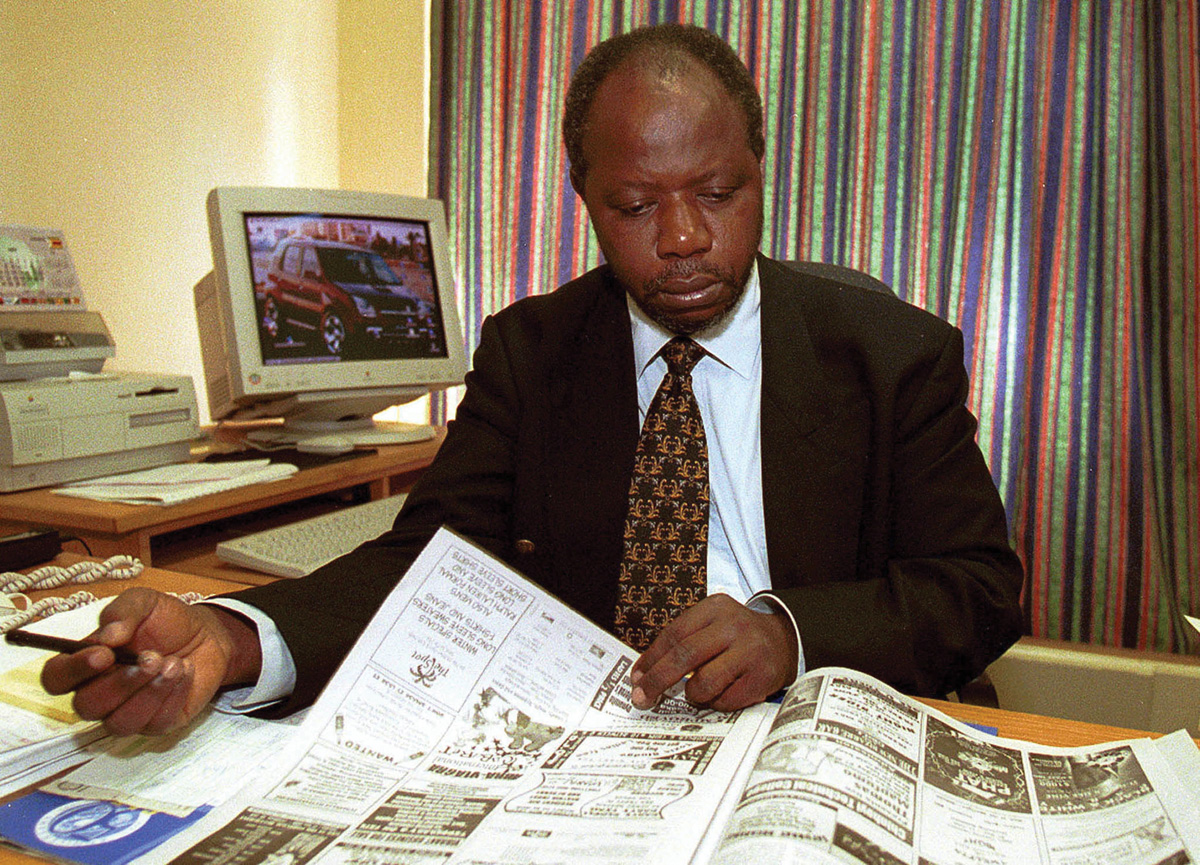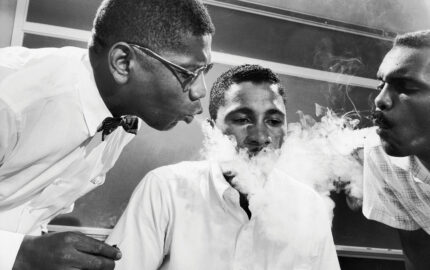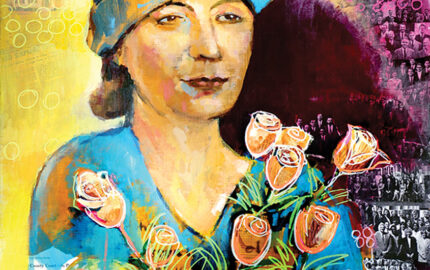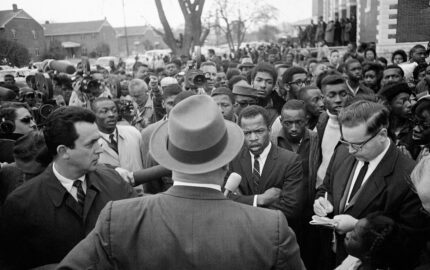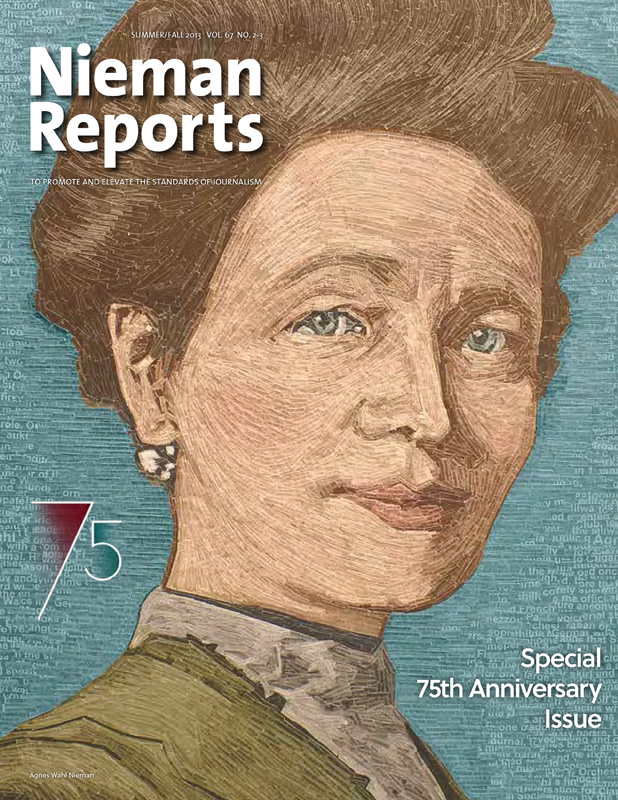
As I prepared to begin my tour as curator during the summer of 2000, I worked at framing a vision of how the Nieman Foundation might build on its legacy of educating journalists while expanding its global reach and influence in the service of journalism. The state of the news business was strong at that moment, but change was relentless and undeniable, driven by the power of new technologies. I could not have imagined how disruptive the next decade would become for journalism and for the careers of many Nieman Fellows.
What soon became clear was that the Fellows’ activities and new initiatives I was beginning to envision were pushing the limits of our historic home, Walter Lippmann House. My decision to add a seminar room and library was driven by a growing belief that the Nieman program should not be limited to a small, fortunate group of carefully chosen Fellows who would be privileged to have a year of professional and intellectual growth at a great university. I thought Agnes Wahl Nieman’s mandate to “educate persons deemed specially qualified for journalism” should be shared in meaningful ways with the larger world of journalism through conferences, seminars and workshops. The Knight Center gave Fellows a handsome space for faculty seminars, class meetings, and those unforgettable moments of just being together.
The first major initiative, the Nieman Narrative Writing program, was created in 2001, and became a signature national model for teaching long-form journalism through a conference and, later, an online resource, Nieman Storyboard. The generous gift from Murrey Marder, NF ’50, enabled the Foundation to establish the Web-based Nieman Watchdog Project dedicated to helping journalists ask the right questions. By 2005, the mood of Nieman classes began to reflect gloom over the bleak future of newspapers and the Fellows’ own growing anxieties about life after Harvard. We organized a series of discussions that tried to suggest possible roads ahead, but that could not relieve the individual and collective angst among the Fellows.
The Nieman Journalism Lab grew from our commitment to find a voice for the Foundation in the rapidly changing digital news landscape. From an upstart in 2008, the Lab has become an essential resource that serves a huge global audience. Funds came available to support Fellowships in community journalism, global health reporting, arts and culture, and business reporting. The Foundation agreed to administer several journalism prizes, another way, I thought, to link the Nieman brand with journalistic excellence.
The Foundation offered a safe haven for international journalists whose courageous work placed them in peril. I think of Geoff Nyarota, NF ’04, fleeing Mugabe’s security police; J.S. Tissainayagam, NF ’11, freed from a Sri Lankan prison; Roza Eftekhari, NF ’05, forced to leave Iran; Sonali Samarasinghe, NF ’10, unable to stay in Sri Lanka after the assassination of her editor husband, and Aboubakr Jamaï, NF ’08, victim of a court judgment in Morocco.
One measure of the year is the impact of Niemans after they leave Harvard. It is a source of great satisfaction to look back over 11 classes and find such impressive evidence of critical contributions by Fellows to the journalism community and the world of readers, viewers and listeners. I see bylines in major news outlets and courageous reporting from combat zones. I see Nieman names as authors of books and significant magazine pieces. I see Fellows in new leadership roles, as rising influential voices, as entrepreneurs and innovators and as winners of major journalism prizes.
RELATED ARTICLES
The Nieman Factor
By Julia Keller
Taking Back Our Language
Bill Kovach
Mark Travis, NF ’03 once described the Nieman year as “a gift beyond measure.” In part, this gift is one of time; time to read, reflect and savor the joys of coming across yet another Harvard surprise. The nature of the Nieman year is, by any measure, transformative. It shapes each Fellow and each affiliate in their individual pursuit of intellectual enrichment and new horizons. Classes are often surprised by how, over the year, shared experiences and common interests become woven into a Nieman family. The influence of the Soundings is unmistakable, as they bring forth memorable moments of discovery about one another that are held close and will endure for a lifetime.
“The best year of my life” is a common refrain at year’s end. Hugs, tears and words of appreciation don’t fully capture the meaning of this profound experience, but it is the best expressions the Fellows can summon, as they depart with a sense of uncertainty but brimming with ideas and aspirations. For me, the privilege of serving as curator was also a gift beyond measure, 11 times over.
